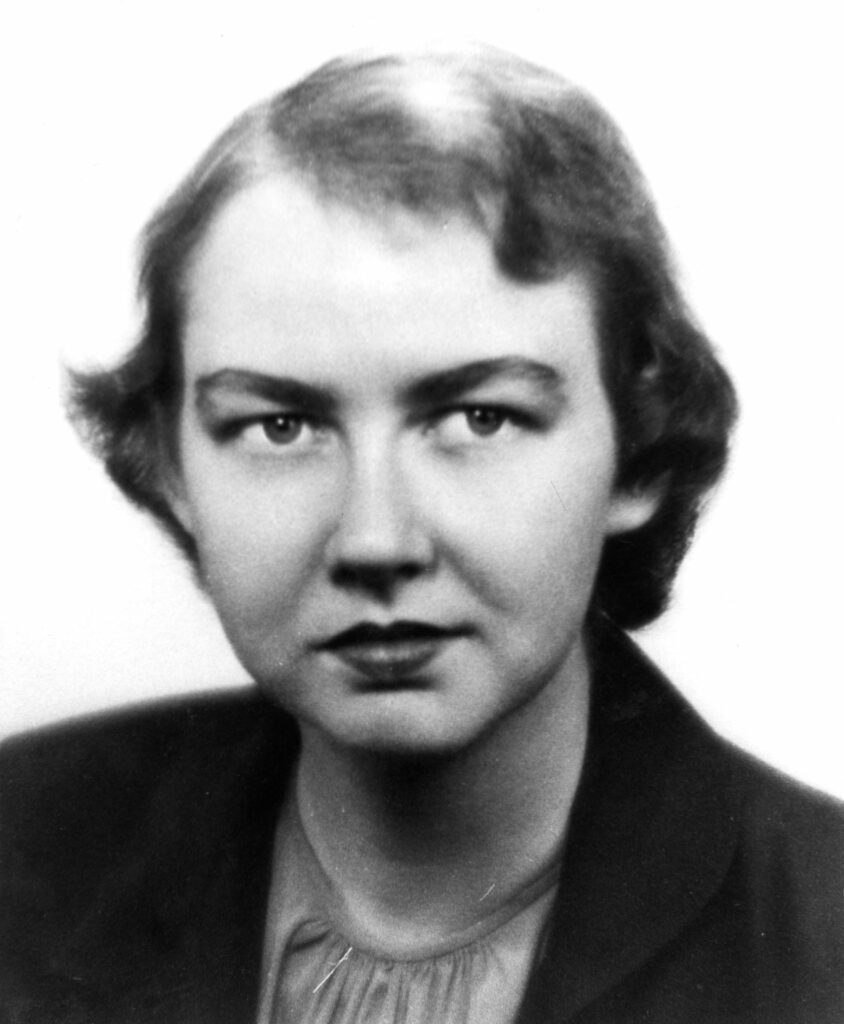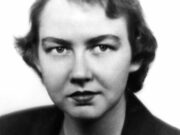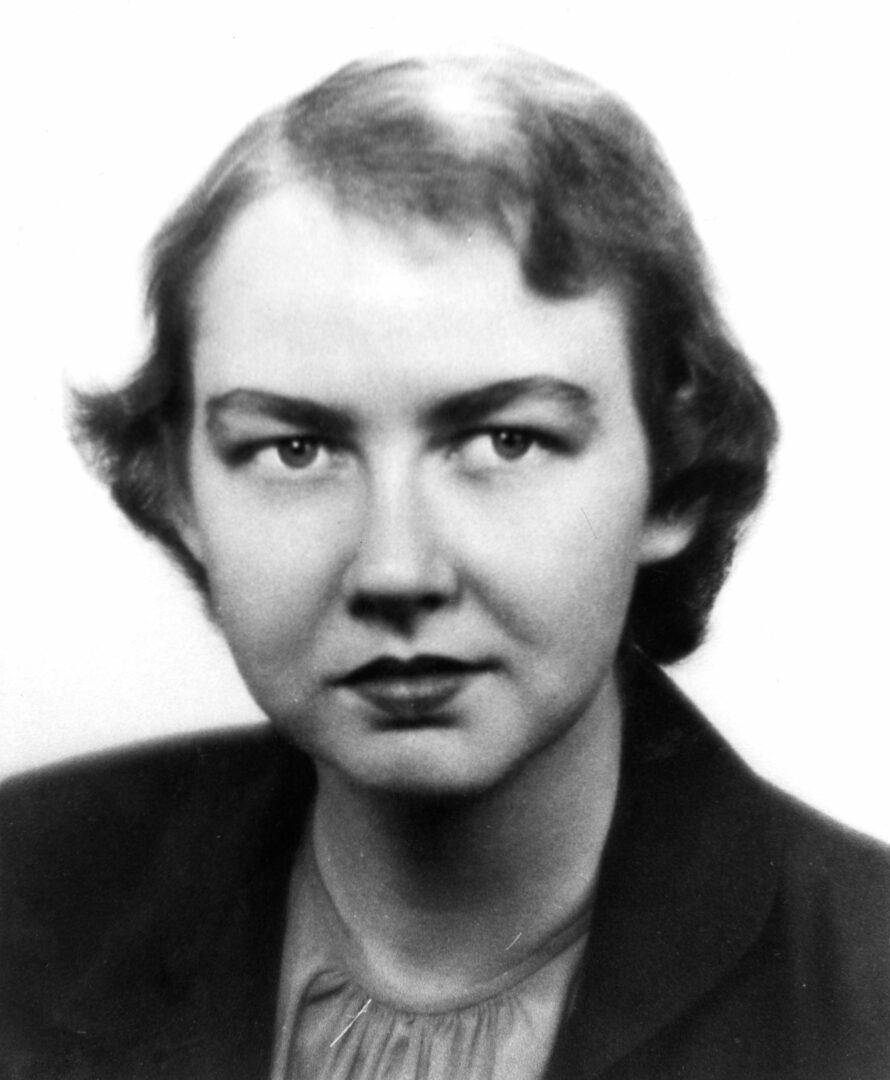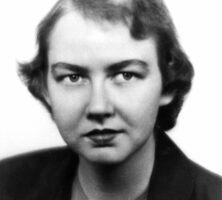One of two novels by Georgia writer Flannery O’Connor, Wise Blood is a masterpiece of allegory and farce (a blending of humor and tragedy). O’Connor takes issue with a world in which Jesus is but another moral man, in which the Incarnation is valid only to the unintellectual, and in which people can—through their own actions or natural goodness—save themselves. Published in 1952, Wise Blood is a compelling portrait of isolated characters in their search for spiritual truth. A film adaptation, directed by John Huston and filmed in Georgia, was released in 1979.
The Novel
The plot of the novel revolves around Hazel Motes, who returns after several years of service in the military to find his family home in ruins and the members of his family either dead or missing. Partially in response to this discovery, he travels to the city of Taulkinham and begins preaching a new gospel, the Church Without Christ, which advocates a humanistic reliance on self rather than on God. Hazel buys a car; meets a number of characters, most notably Enoch Emery and Sabbath Lily Hawks; and becomes increasingly disenchanted with himself and his world. After murdering a preacher who has stolen his identity, Hazel blinds himself and soon thereafter dies.

Courtesy of Ina Dillard Russell Library, Georgia College and State University
The characters in Wise Blood are representative of the confusion present in the modern world, as O’Connor understood it. For example, Enoch Emery seeks a friend, Onnie Jay Holy deludes himself into selling religion, and Sabbath Lily talks about a dirt road while Hazel Motes tries to discuss spiritual issues with her. Hazel Motes (whose nickname “Haze” represents his own spiritual blindness) both longs for and repudiates Christ; but he also possesses “wise blood,” or intuition, that makes it possible for him to understand that salvation comes only as a result of suffering. Many of the novel’s characters are grotesques, a term in southern literature for those who are known for their exaggerated attributes, unusual characteristics, or obsessive-compulsive thought processes or behaviors. For O’Connor, the grotesque also represents mental or spiritual deformity.
Wise Blood deals with several topics: the way in which people are displaced and marginalized; the arrogance that keeps people from seeing themselves; and the centrality of Christ in the salvation of humankind, with the suggestion that one’s awareness of Christis the mark of one’s very character. In the novel O’Connor portrays the moment of grace as an encounter with holiness and as a moment of epiphany and physical and/or emotional violence as an essential part of one’s transformation and growth.
Flannery O’Connor, born in Savannah, was educated in parochial schools and was devoutly Catholic in both her personal religious sensibilities and her artistic vision. She lived most of her life in Milledgeville, where she wrote the short stories, essays, novels, and letters that have defined her spiritual vision. O’Connor believed that rather than blinding her, Christian beliefs made it possible for her to see clearly and perceptively and to respect mystery. She considered her fictional world to be a reflection of the spiritual universe, and she knew that her Christian faith set her apart from an increasingly secular world.
O’Connor creates a fictional world in need of faith. In her work she writes with humor and deep seriousness about characters who—not understanding how much is at stake—gamble with one another and with their very souls. Through violent, perverse, and monstrous images she depicts a landscape characterized by sin, guilt, and judgment. She gazes unflinchingly at evil and shocks readers into seeing with new eyes the injustices and pride they overlook in their daily lives.
The Film
The distinguished Hollywood director John Huston considered O’Connor to be one of the great American authors, and in 1979 he made the only feature film to date based on her writings.
A year earlier, Michael Fitzgerald, the son of O’Connor’s literary executor, Robert Fitzgerald, mailed a copy of Wise Blood to Huston, then in his mid-seventies, and the director immediately expressed interest in adapting it as a film. Huston had already made faithful adaptations of challenging literary works, Stephen Crane’s The Red Badge of Courage (1951), Herman Melville’s Moby Dick (1956), and The Bible… In the Beginning (1966). After Wise Blood the director made two more films adapted from literature, Malcolm Lowry’s Under the Volcano (1984) and James Joyce’s The Dead (1987).
Due to the novel’s odd blend of the mundane and the metaphysical, its grotesque black comedy and unsettling religiosity, many assumed that Wise Blood was unfilmable. For Huston, these elements attracted him to the project. “It is both funny and dire,” he later explained. “From page to page you don’t know whether to laugh or to be appalled.”
Huston shot the film almost entirely in and around Macon. Operating on a very limited budget (the smallest ever for Huston), the entire movie was shot in a mere forty-eight days with a minimal crew and much help from Macon’s fire and police forces. The screenplay was written by Michael Fitzgerald and his older brother, Benedict, who kept it remarkably true to O’Connor’s plot and characters. Rather than trying to recapture the era of the early 1950s, Huston, in his most significant deviation from the novel, decided to set the story in the late 1970s. Thus contemporary cars, buses, and many of downtown Macon’s recently built office buildings form the backdrop of the film, and Hazel Motes becomes a veteran of the Vietnam War (1964-73) rather than of World War II (1941-45).
The film is distinguished by its actors, who were carefully chosen to depict the novel’s array of eccentric and unsympathetic characters. Only three cast members were established Hollywood names: Brad Dourif as Hazel Motes, Harry Dean Stanton as the blind preacher Asa Hawks, and Ned Beatty as Hoover Shoates, the promoter who encourages Motes’s career as a prophet. Many of the film’s supporting cast were Georgia actors, most notably Atlanta stage actress Mary Nell Santacroce, in the role of the lonely landlady who falls in love with Motes. Huston himself played the very small part of Motes’s grandfather, a religious fundamentalist.
Wise Blood made its premiere and was enthusiastically received at the New York Film Festival in September 1979. New York Times critic Vincent Canby declared it to be “one of John Huston’s most original, most stunning movies. It is so funny, so surprising, and so haunting that it is difficult to believe it is not the first film of some enfant terrible instead of the thirty-third feature by a man who is now in his seventies.” One of the film’s most notable achievements, according to Canby, was that it was “lyrically mad and absolutely compelling even when we don’t fully comprehend it.” Another critic proclaimed it to be”the best realized religious movie of the decade.”
Although the film was not particularly successful at the box office, this daring and dark comedy remains one of the most notable achievements of Huston’s late career.






